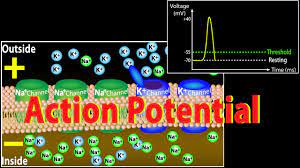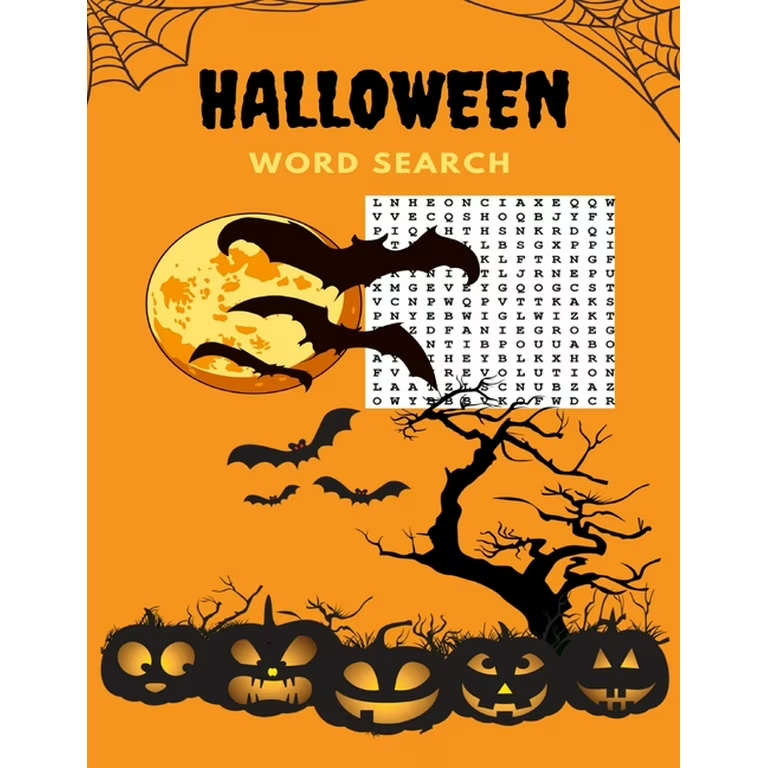1. Neuron Model Building: Have students create their own neuron models using pipe cleaners, beads, and other arts and crafts materials. This hands-on activity will help them understand the structure and function of neurons.
2. Action Potential Relay Race: Divide students into groups and have them simulate the flow of action potentials along a neuron by passing a ball or beanbag down a line.
3. The Sodium-Potassium Pump Game: Teach the ionic basis of action potentials using a competitive game in which students represent sodium ions, potassium ions, or the sodium-potassium pump and work together to move them across a membrane.
4. Neuron Tag: Use a game of tag to demonstrate the process of neurotransmitter release and reuptake. Students can play the roles of pre-synaptic neurons, neurotransmitters, post-synaptic neurons, or reuptake molecules.
5. Create a Neurotransmitter Molecule: Once students have learned about common neurotransmitters such as acetylcholine and dopamine, they can design their own using modeling clay or playdough.
6. Membrane Potential Charades: Teams act out different concepts related to membrane potential, such as depolarization or hyperpolarization, while the other team tries to guess the term being acted out.
7. Action Potential Card Game: Create a simple card game where students match scenarios leading to changes in membrane potential with the corresponding terms (threshold, depolarization, repolarization).
8. Synaptic Cleft Obstacle Course: Set up an obstacle course representing the synaptic cleft for students to navigate through while carrying neurotransmitter molecules (represented by beanbags).
9. DIY Myelin Sheath: Have students explore the importance of myelin sheaths by constructing their own from materials such as pool noodles or foam sheets wrapped around a length of rope.
10. Neurotransmitter Puzzle: Create a puzzle with images of different neurotransmitters or brain regions and behavioral stimuli on opposite sides, for students to match together.
11. Vocabulary Bingo: Focus on key terms related to action potentials and neurons. Call out definitions while students mark the terms on their customized bingo cards.
12. Action Potential Jeopardy: Organize an exciting game of Jeopardy with questions that cover various aspects of action potential.
13. The Nerve Impulse Experiment: Allow students to conduct an experiment with small electrical shocks to see how nerve impulses travel through their muscles.
14. Action Potential Battle: Set up a battle-like game where players gain control of neurons by depolarizing them, with the goal of capturing the other team’s “territory.”
15. Human Neuron Chain: Arrange students in a line, representing a neuron’s axon, delivering a volley of high fives along the way as they act out an action potential moving through the entire network.
16. Neurotransmitter Recipe Book: Have students research different neurotransmitters and create a “recipe” for each one describing its effects and actions within the nervous system.
17. Synaptic Transmission Drama: Students can perform short plays about synaptic transmission covering concepts like calcium channels opening, vesicles releasing neurotransmitters, and receptors binding with molecules.
18. Action Potential Rap Battle: Encourage students to compose raps that explain action potentials using relevant vocabulary and accurate descriptions.
19. Neuron Art Gallery: Instruct students to create artwork representing concepts they’ve learned about action potentials, such as depolarization or repolarization. Then, display their work in an in-class gallery exhibition.
20. Research Presentation Day: Assign each student or group a specific topic related to action potentials and have them present their findings to the class in an engaging and creative manner.





